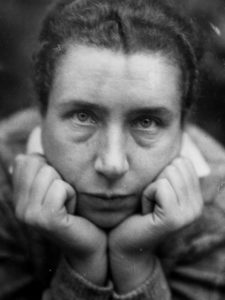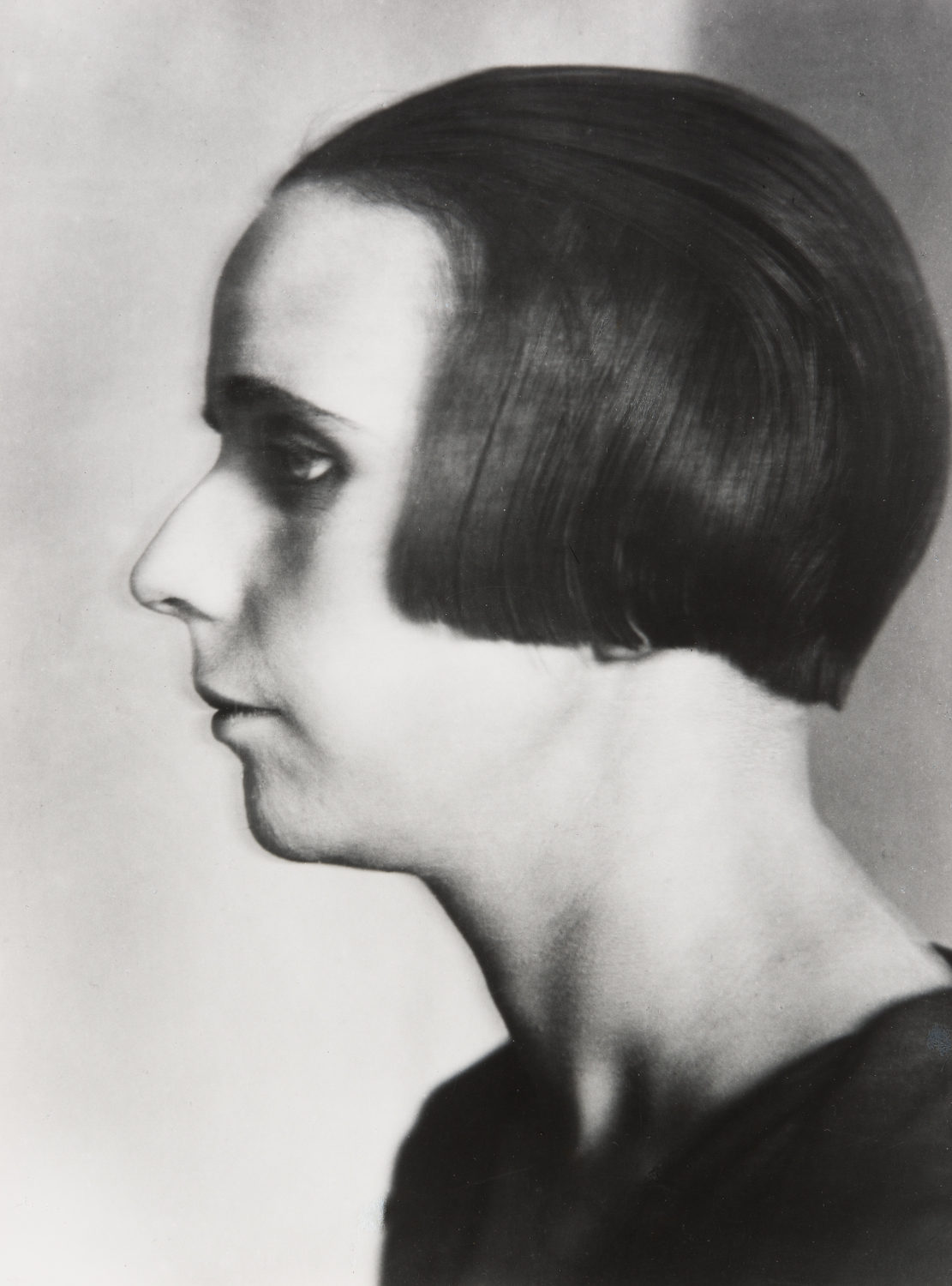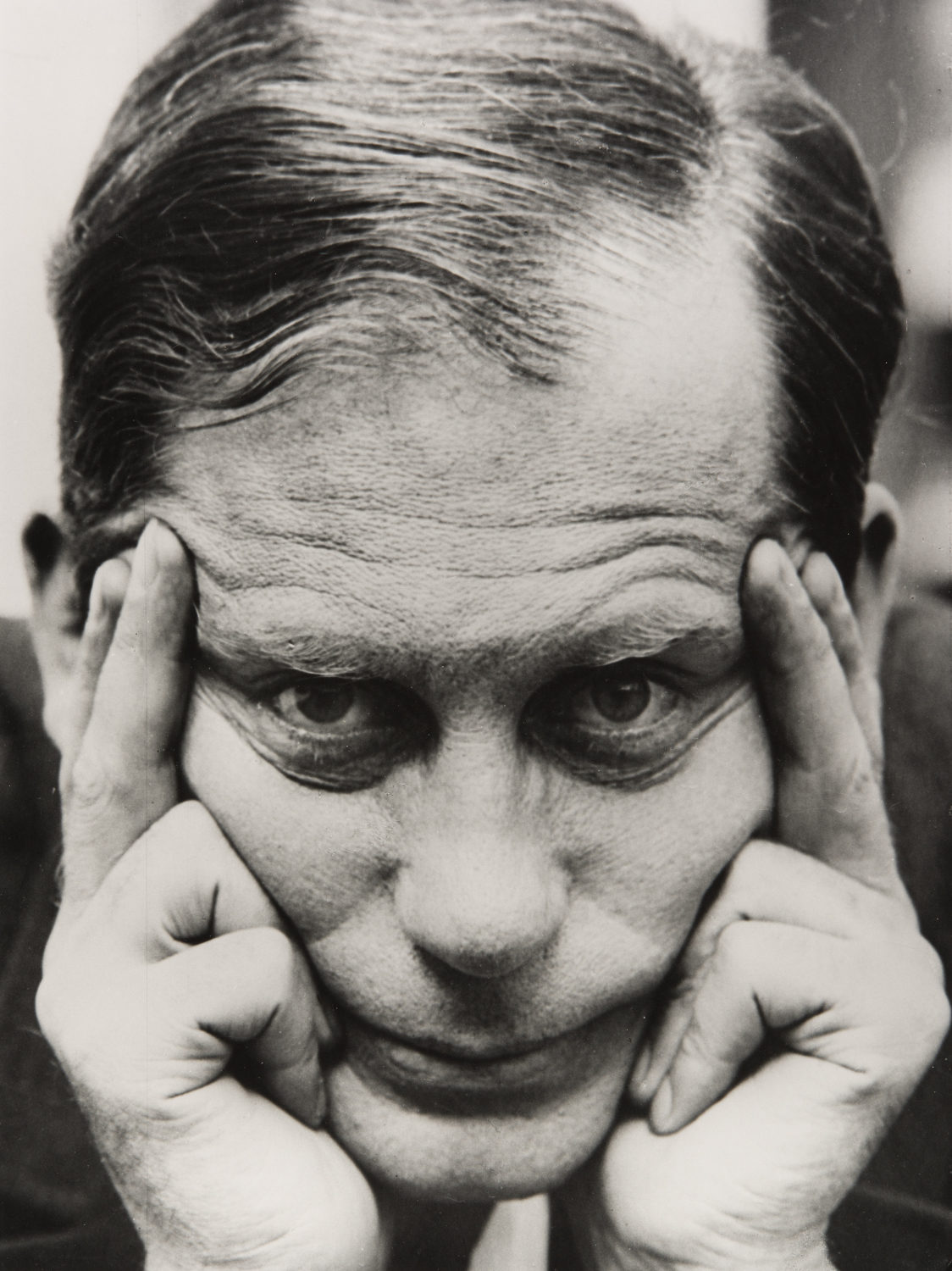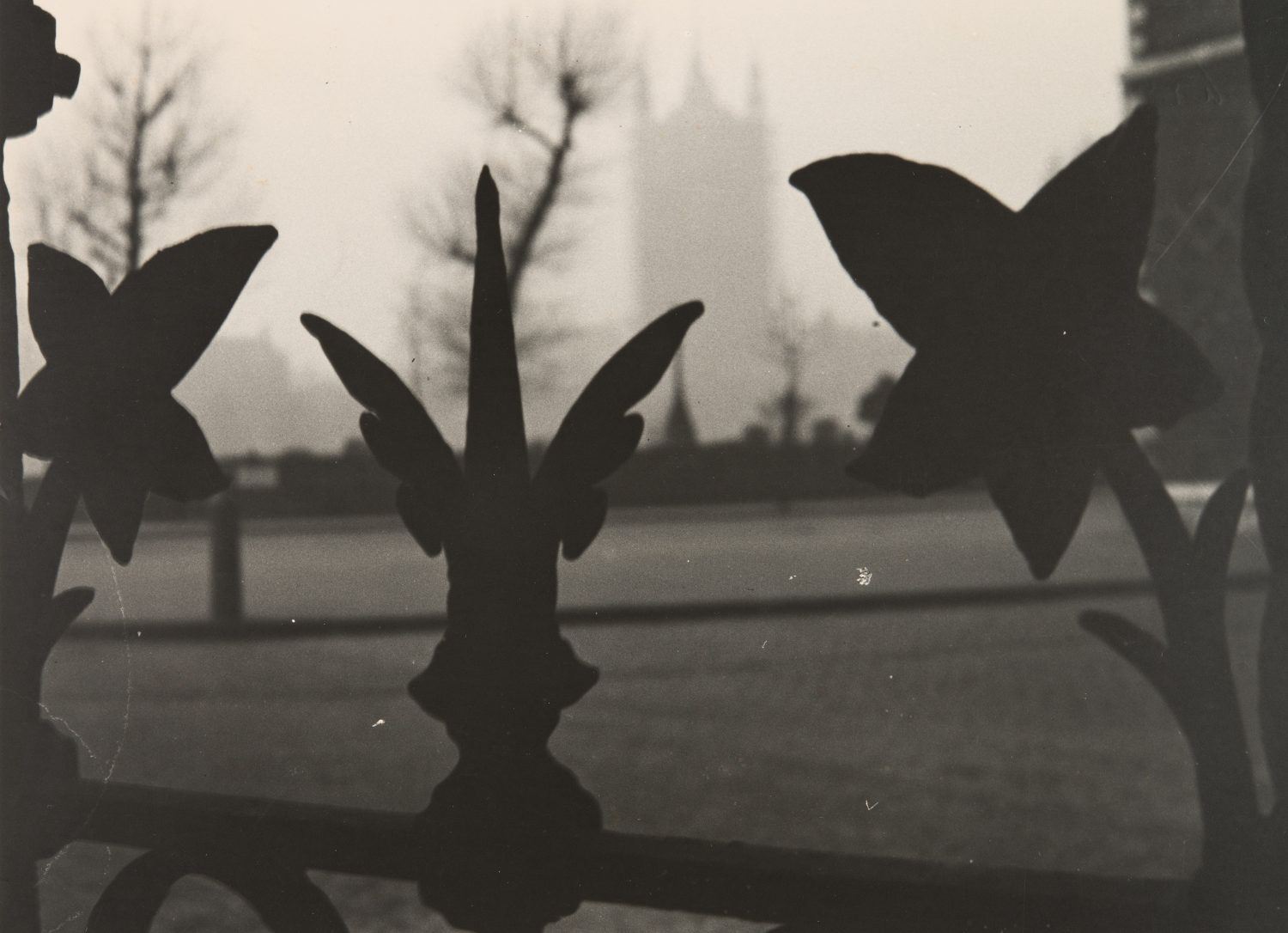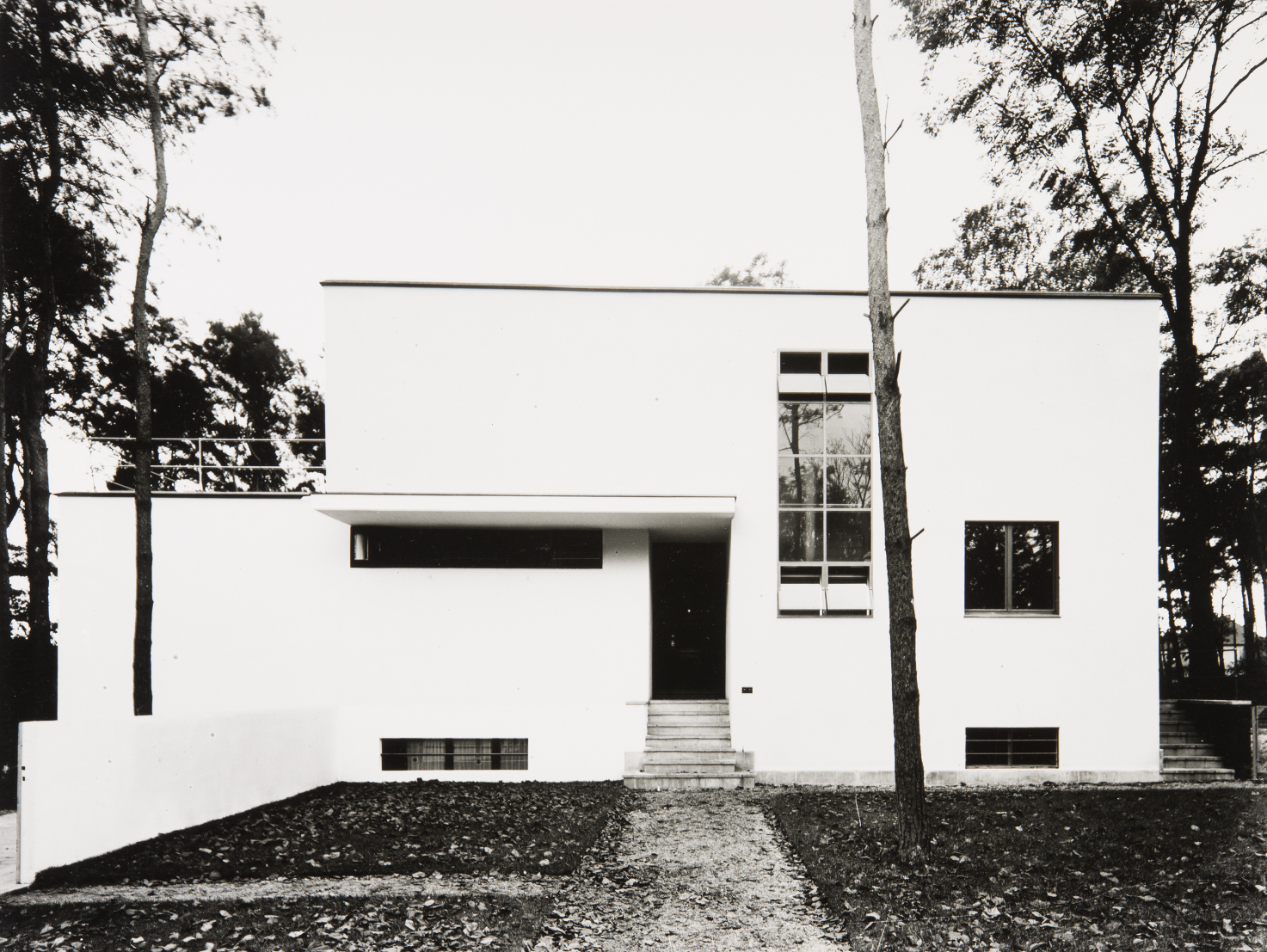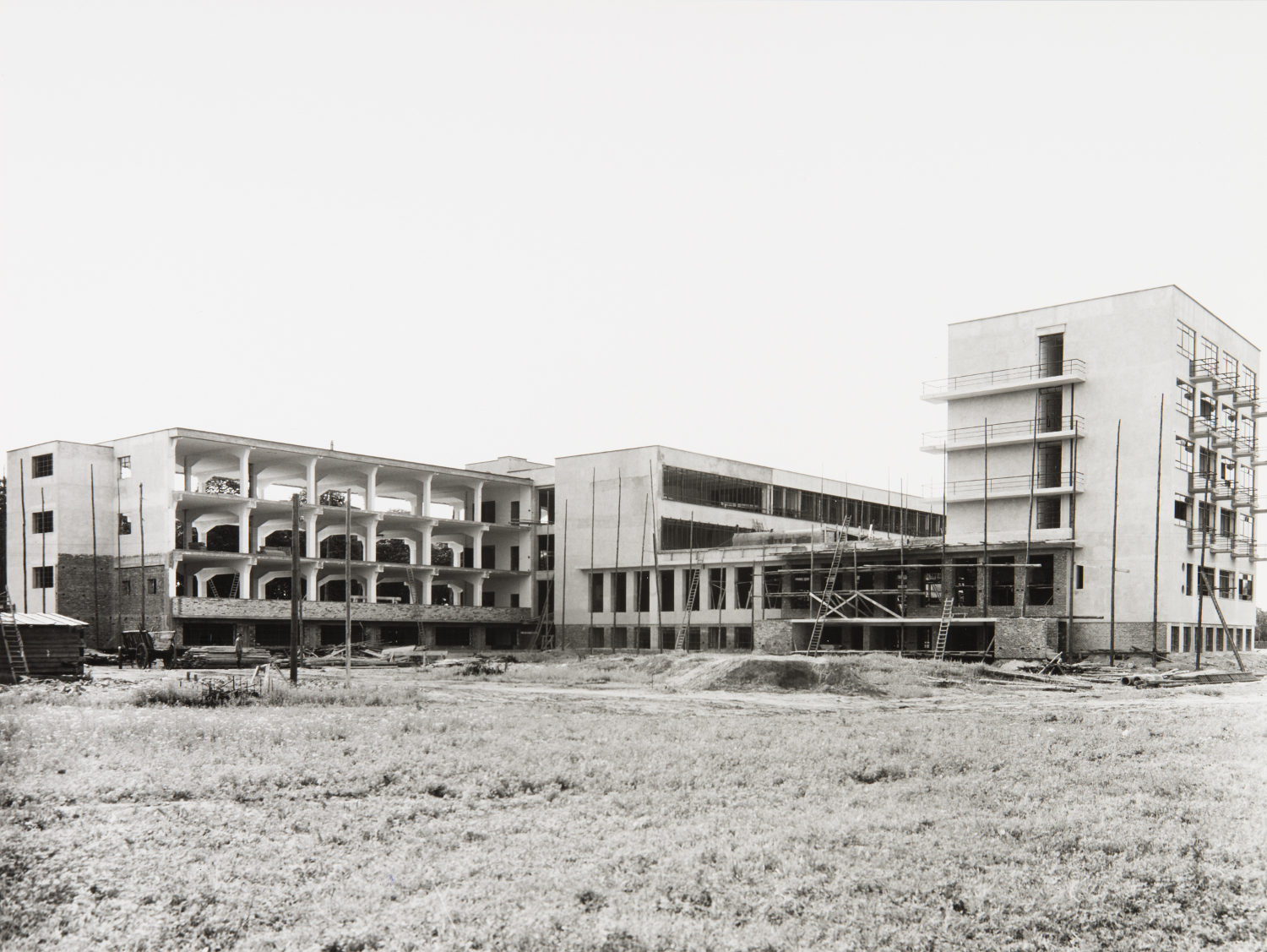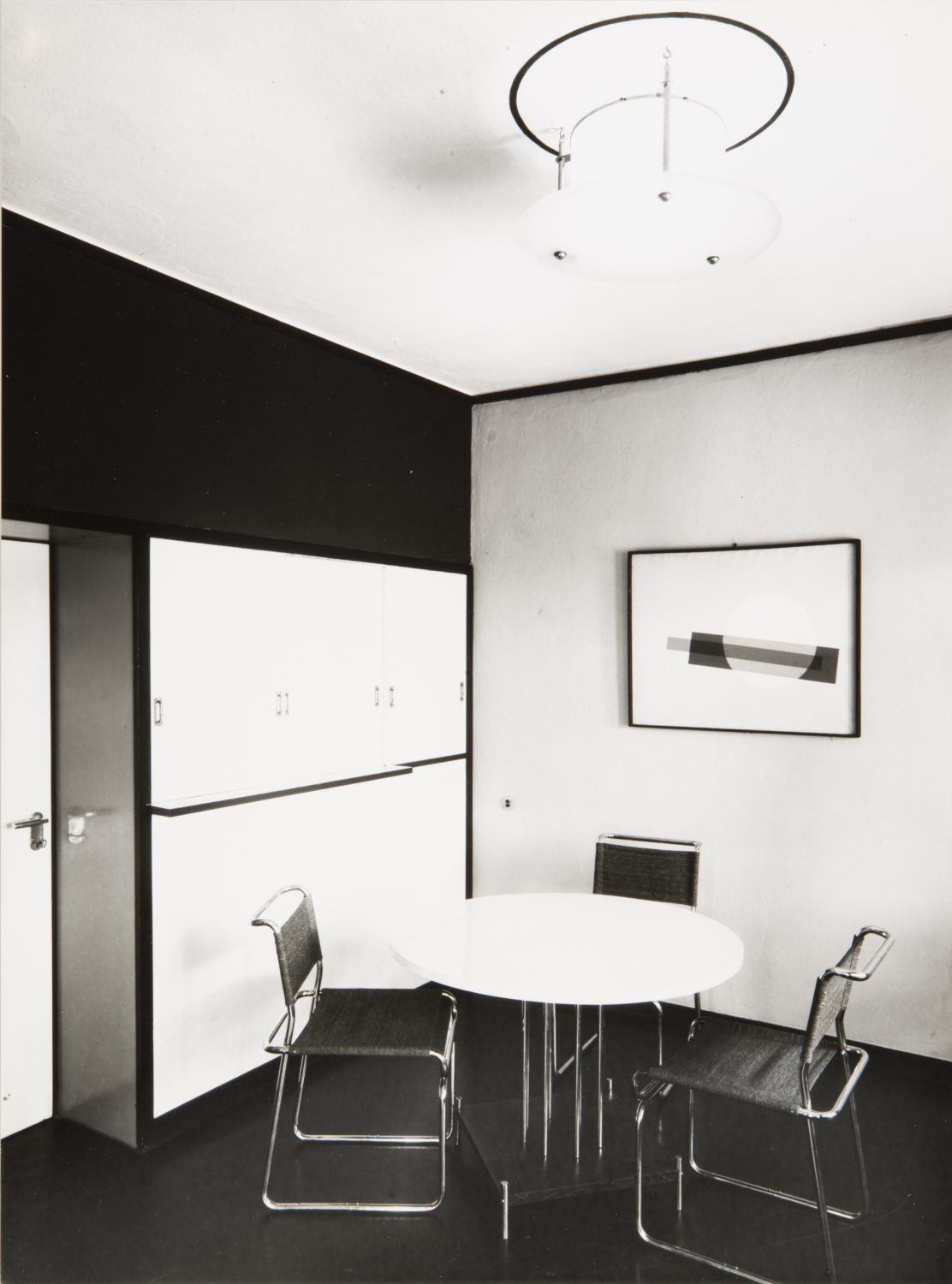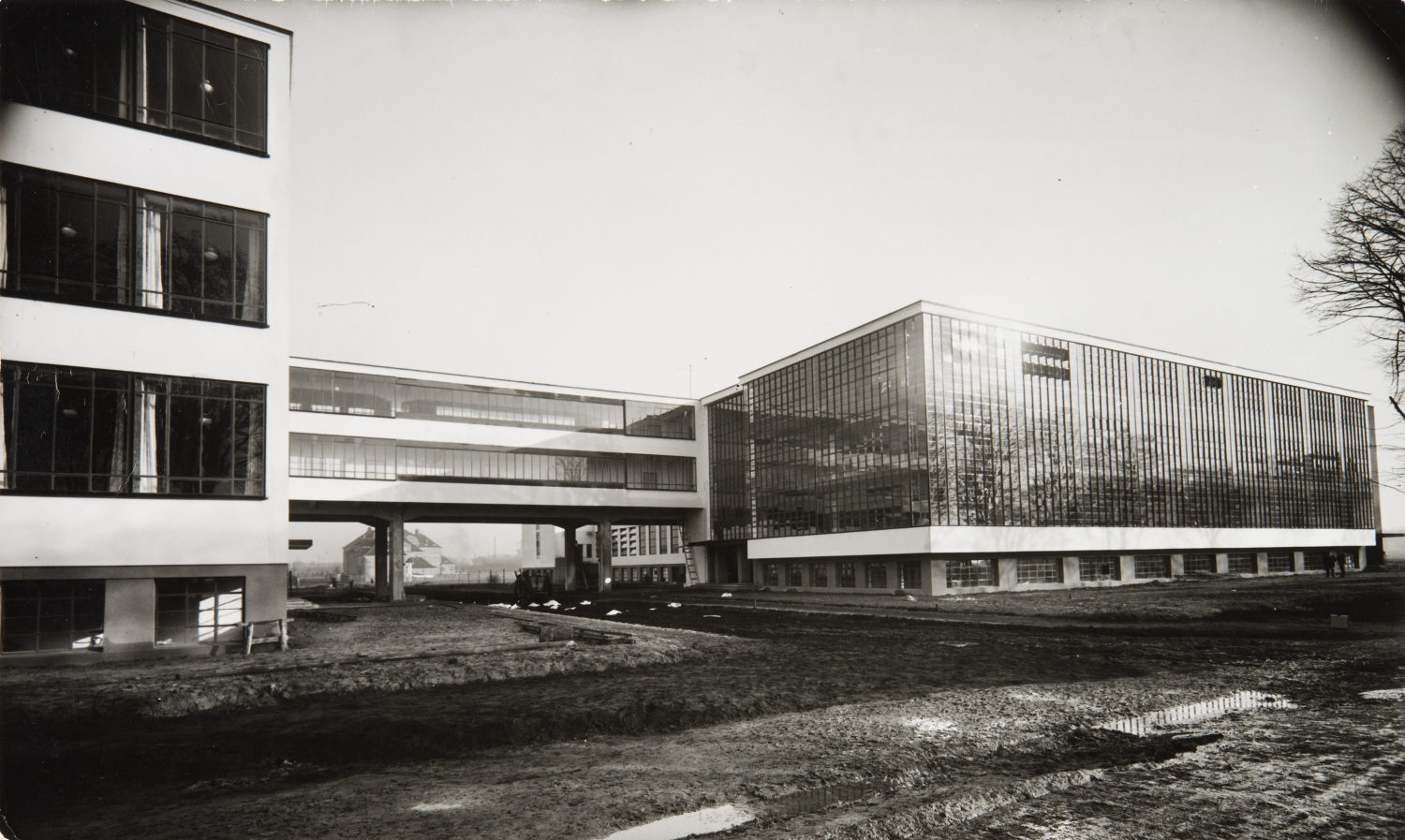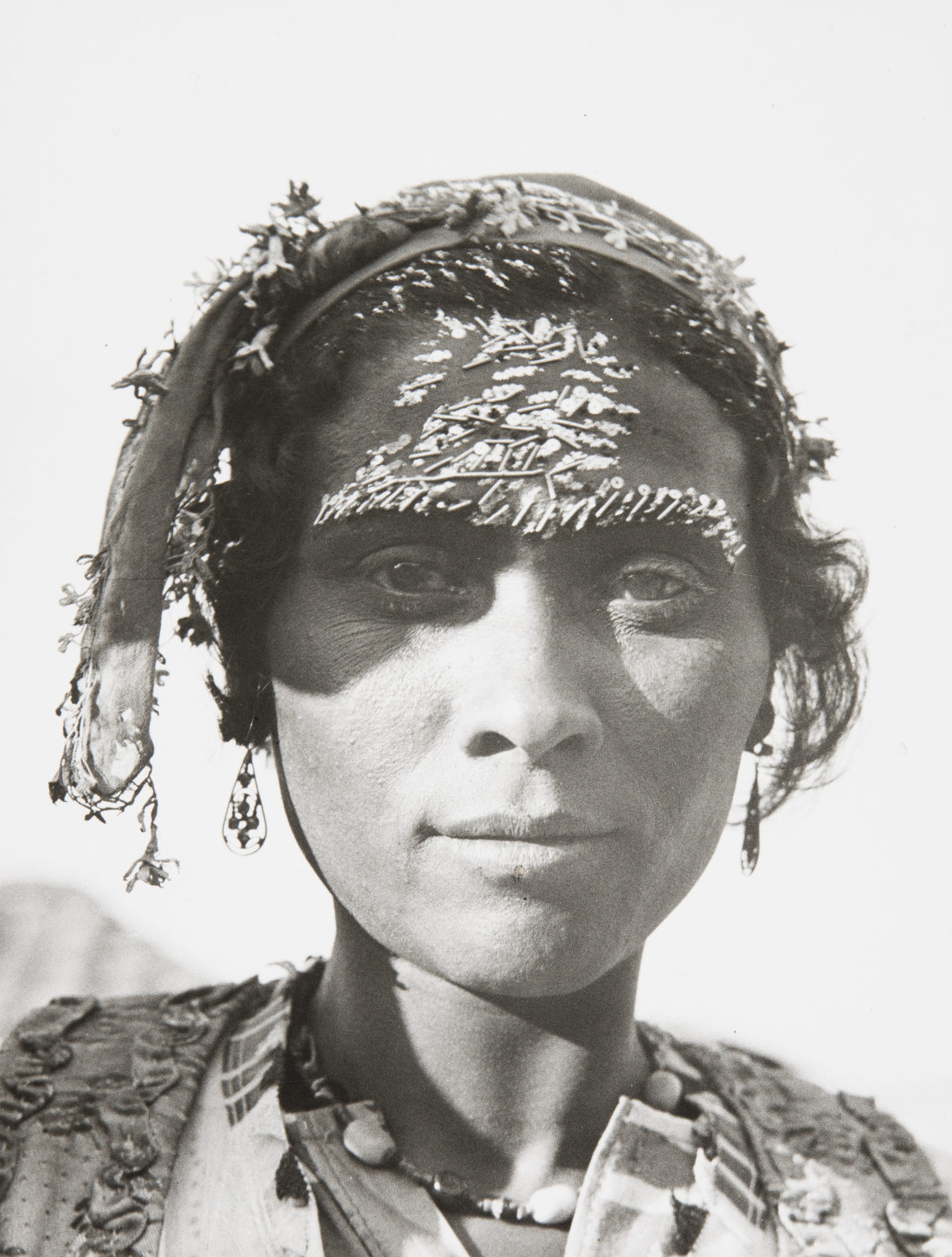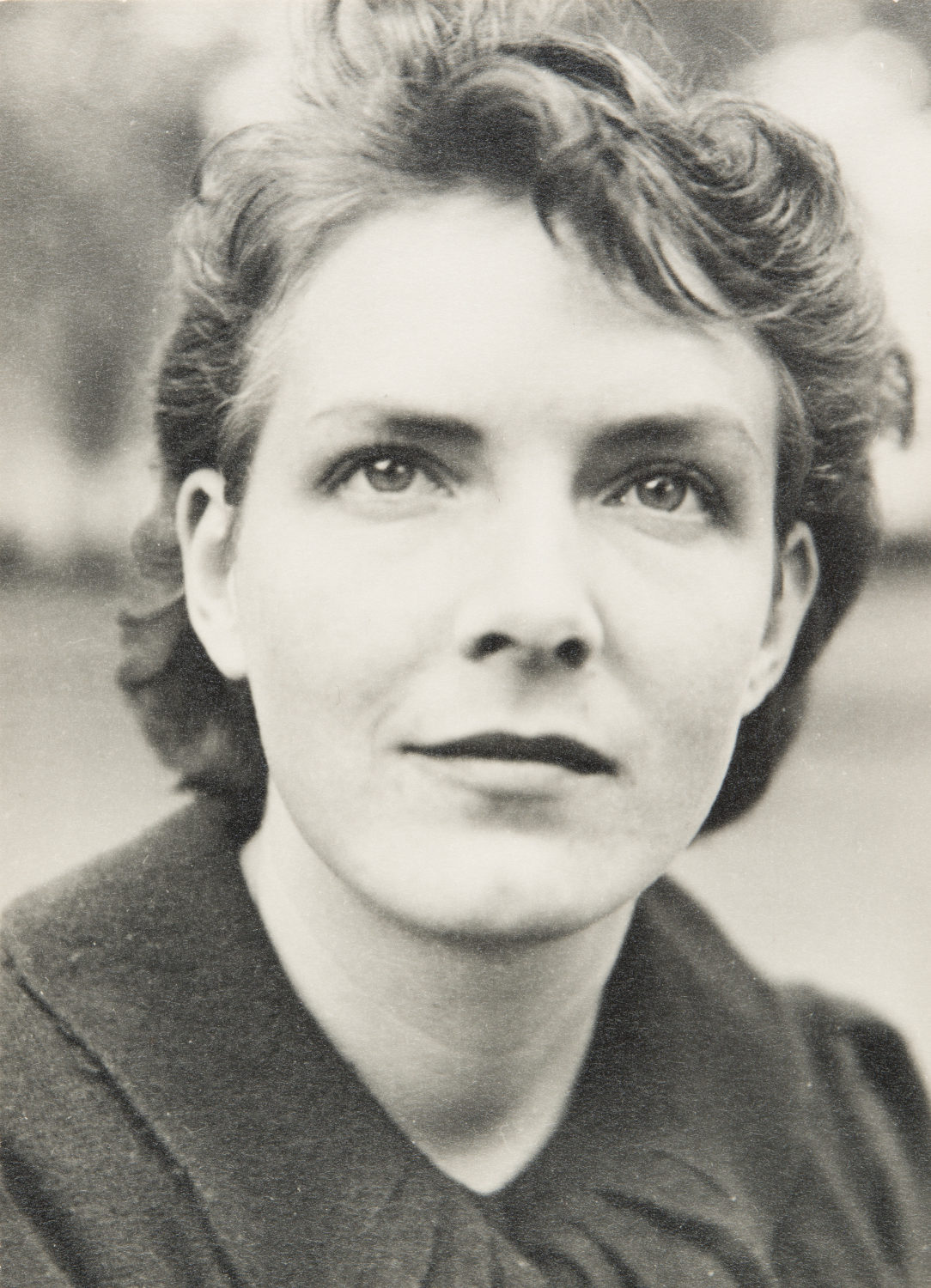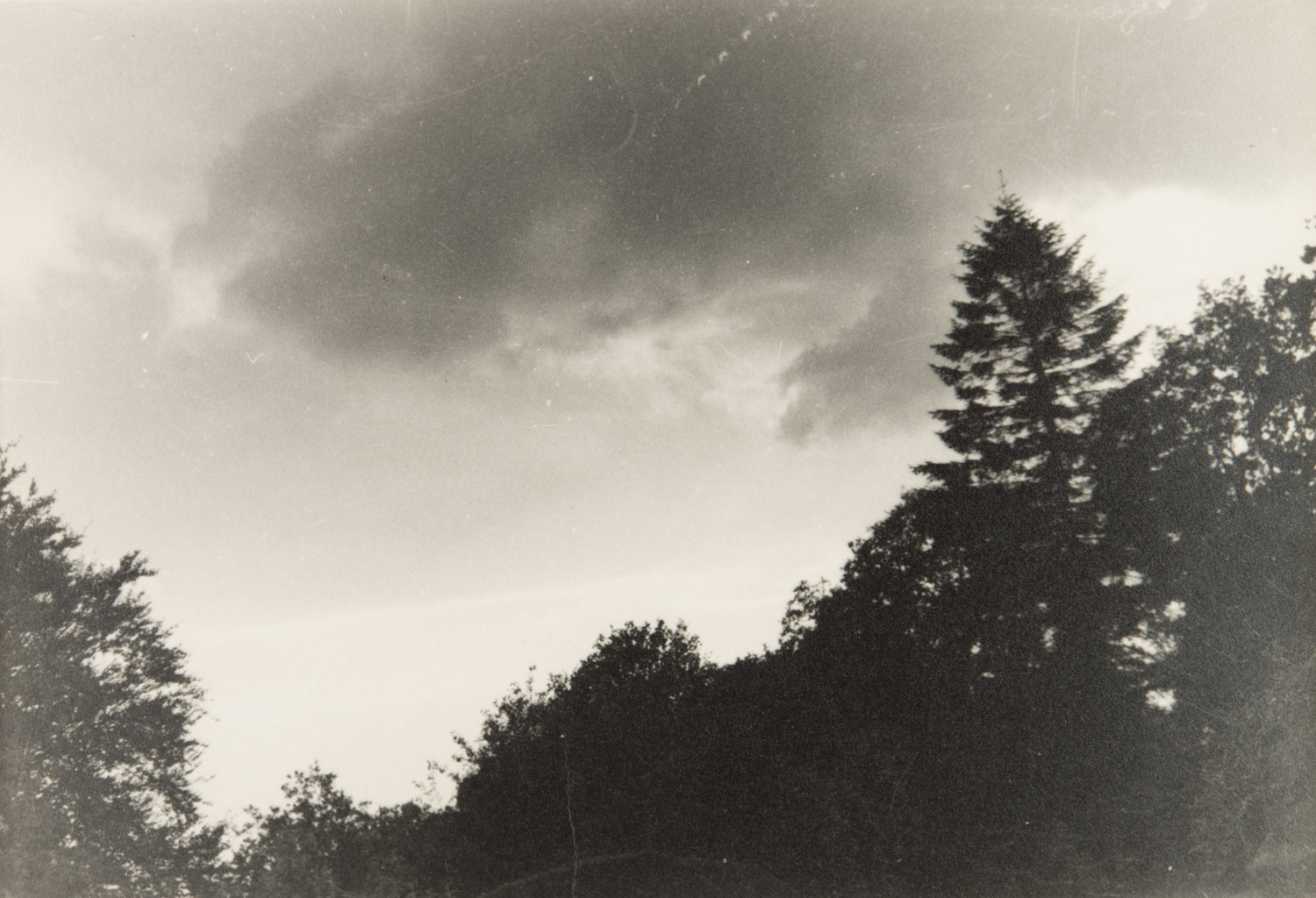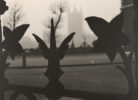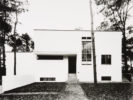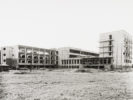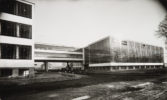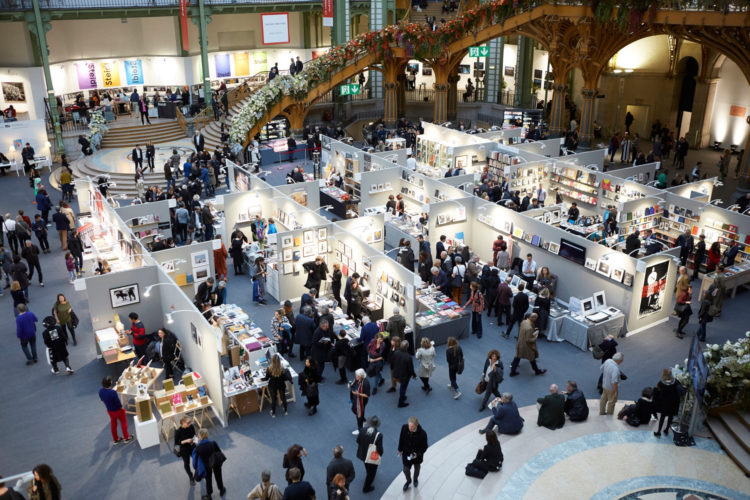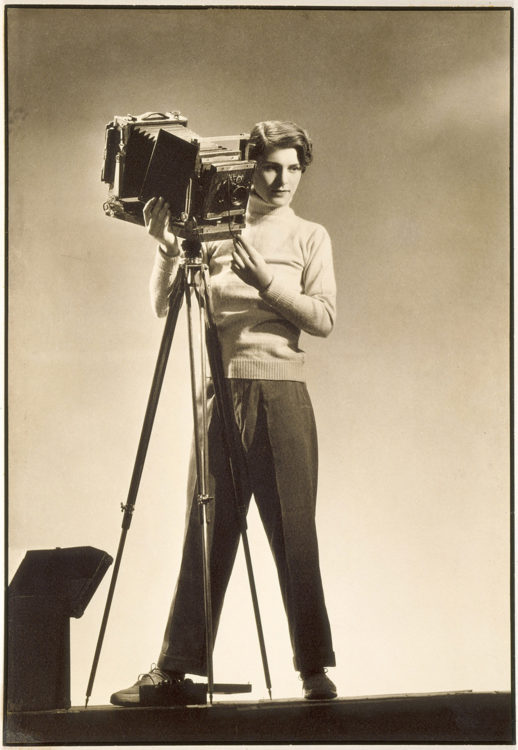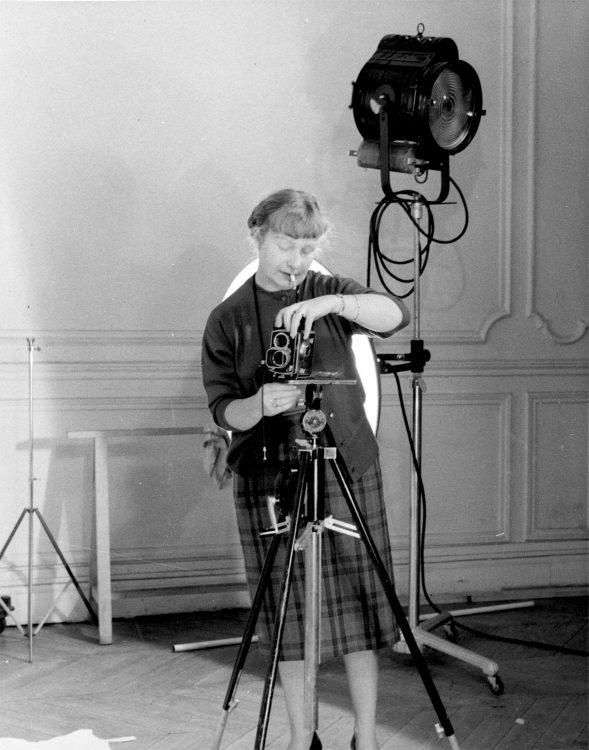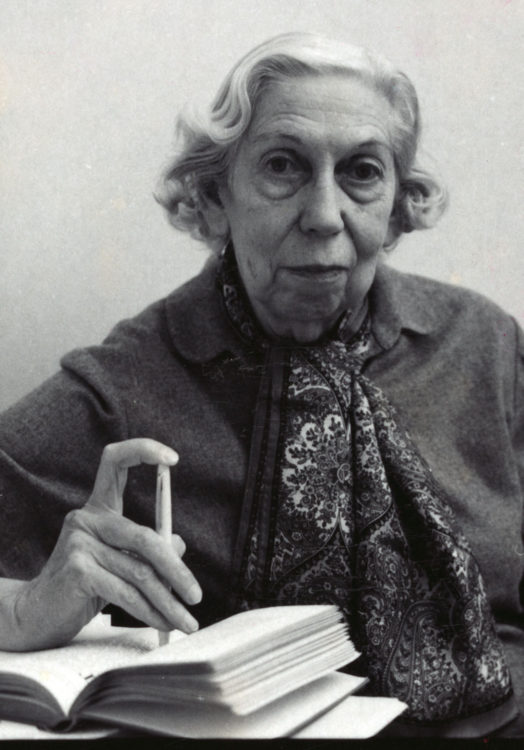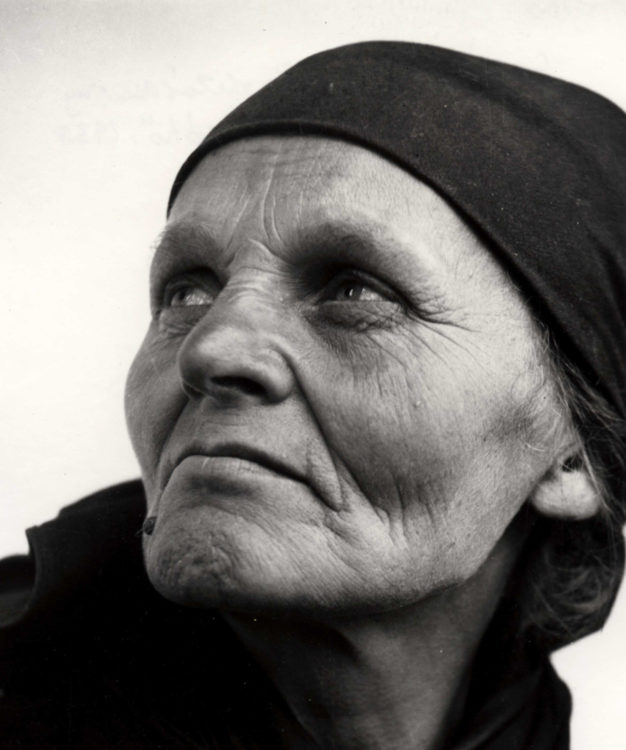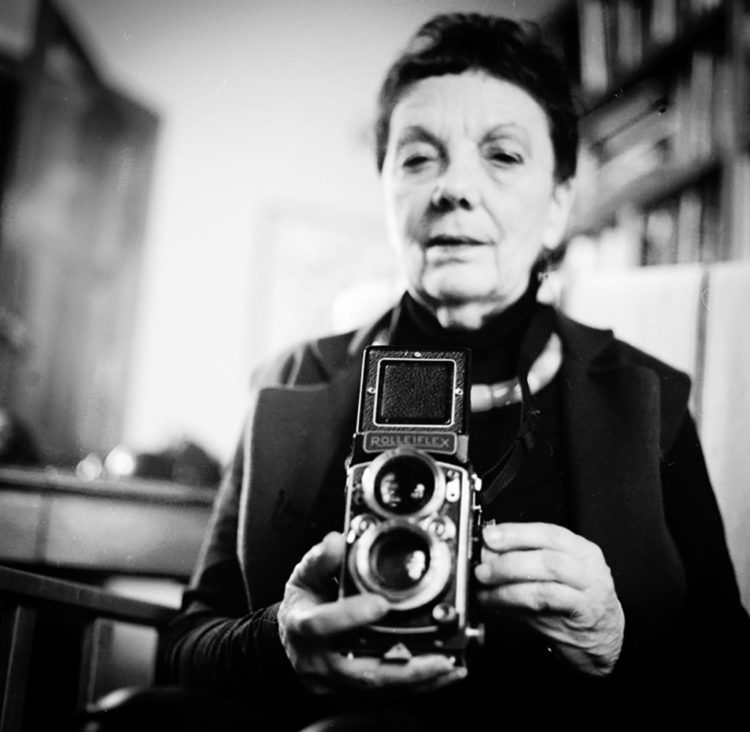Lucia Moholy
Lucia Moholy, Photographes : Made in Hungary, Arles/Milan, Actes sud/Motta, 1998
Lucia Moholy (1894-1989) : tra fotografia e vita, M.a.x Museo, 25 November 2012 – 31 January 2013
→Lucia Moholy, a hundred years later, San Telmo Museoa, San Sebastián, 21 October 2016 – 22 January 2017
British photographer and graphic designer.
Art history has long kept Lucia Moholy in the shadow of her husband, László Moholy-Nagy: Bauhaus’ frequent moves, the war, and transfer of part of the school’s archives to the United States contributed to the erasure of her work, which was often attributed to others. Born to a family of socialist intellectuals, she was encouraged from a young age to study philosophy, philology, and art history at Prague University. After graduating, she worked as a subeditor for various publishing houses before moving with her husband to Weimar, where she taught at Bauhaus. There, her knowledge was vastly exploited in the institution’s publications without her ever being officially hired. She initiated Moholy-Nagy to photography and together they created their first photograms. She took classes, most notably from Otto Decker, and documented Bauhaus’ move to Dessau and its new headquarters by taking a vast number of pictures with a 18 x 14 camera. She also used a Leica to take full-frame portraits infused with a great sense of impartiality. She opened a photography studio in Berlin and worked with the Mauritius photo agency.
Her works were shown at the exhibition Neue Wege der Photographie in Jena in 1928 and at Film und Foto in Stuttgart in 1929. That same year she and her husband separated and she went on to teach photography. She was living with the communist deputy Theodor Neubauer when he was arrested in August 1933 and sent to a concentration camp. Moholy fled to Paris, forced to leave behind her all of her photographs and archives, including 560 glass plates. She then moved to London, where she earned a living as a portrait photographer, and published A Hundred Years of Photography in 1939. She was granted British citizenship in 1940 and began to make microfilms for the scientific documentation of Cambridge University. After the war, she gave up photography in favour of teaching, and worked for the UNESCO as an expert in documentary and scientific photography in the Middle East. Living in Zurich in 1959, she hosted many conferences on modernity and Bauhaus. In 1969 she wrote Marginalien zu Moholy-Nagy, which was published in 1971.
© Éditions des femmes – Antoinette Fouque, 2013
© Archives of Women Artists, Research and Exhibitions, 2017



